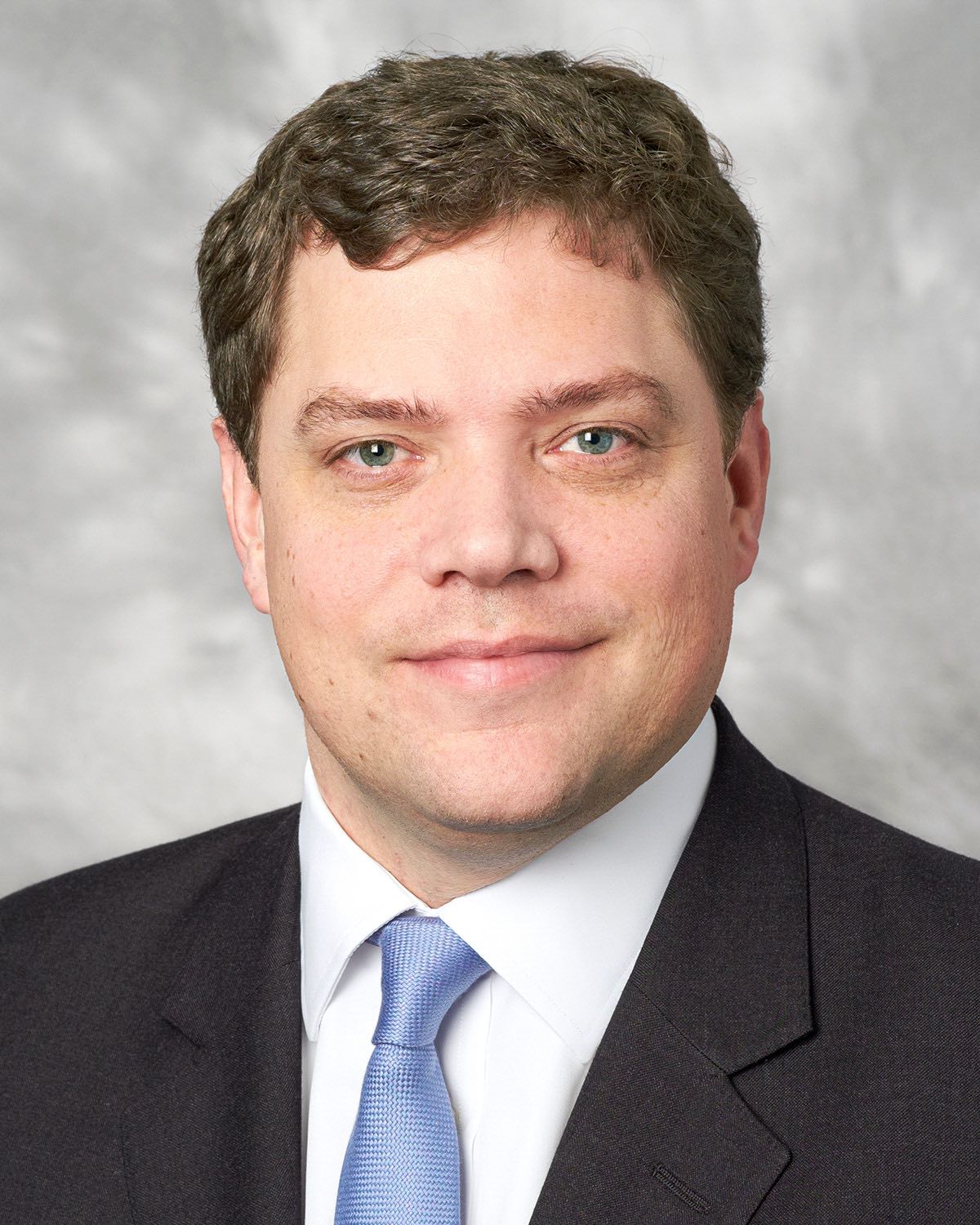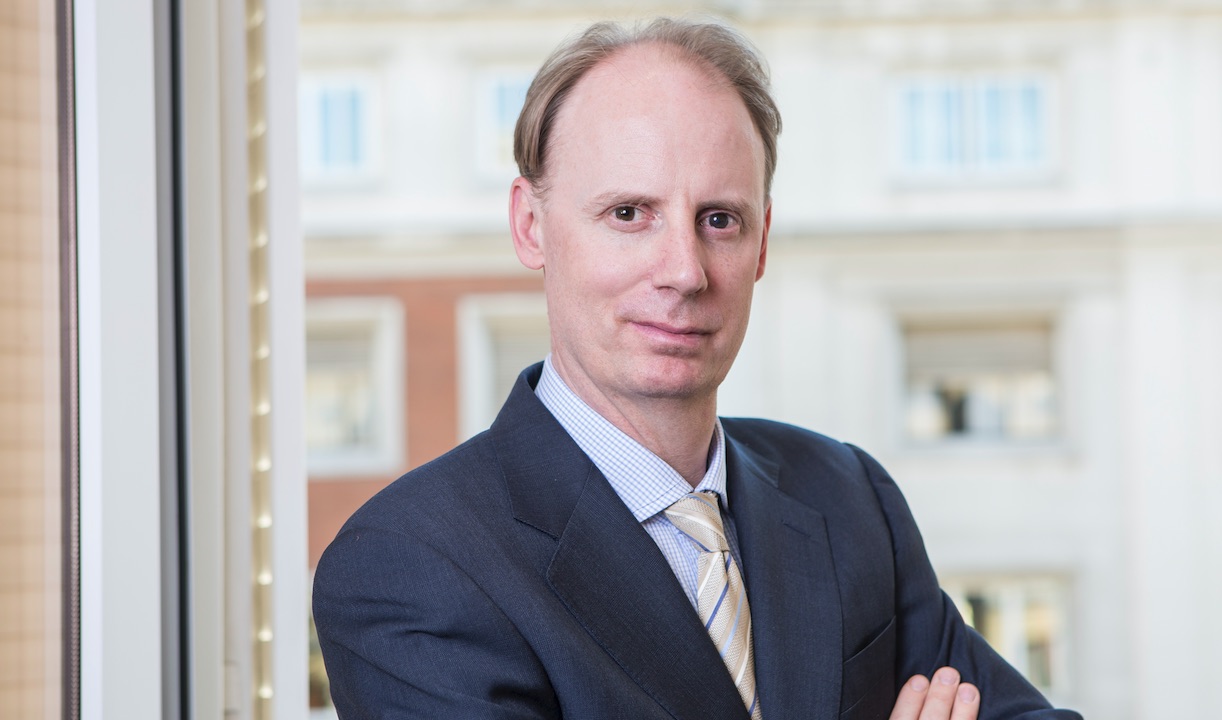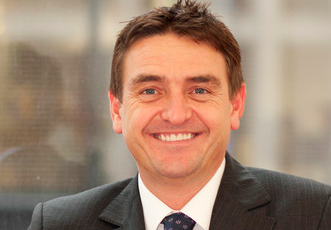2016, a Good Year for Hedge Funds
| For Fórmate a Fondo | 0 Comentarios

Markets closed 2016 on the right foot with the way cleared from the Italian wildcard. The post-Trump election rally extended to December, benefiting DM markets globally while EM markets lagged. The upbeat tone also echoed the global agreement to scale back oil production. The surge of Brent to $56 supported the US High Yield segment.
Meanwhile, and according to Lyxor AM´s monthly barometer, the fixed income space continued to witness the great divergence in monetary policies. The Fed hiked rates by 25 bps mid-month while the ECB delivered a dovish tapering: it extended the program until end-2017 but reduced monthly purchases. Yields spread between Treasuries and German Bunds hit record highs. That led to further strengthening of the USD vs. major currencies while gold sold-off.
“In 2017, we expect less monetary accommodation, more fiscal boost and more policy ruptures to support rising rates and inflation. That would result in greater asset prices dispersion and more fundamental pricing, especially in the US where the process is more advanced. These factors would benefit Macro managers. However, the strategy is likely to remain constrained by elevated political uncertainty, prompting funds to be either overly hedged or endure volatility in their returns. We maintain a slight overweight on the strategy but we expect rising fund performance differentiation.” said Jean-Baptiste Berthon, Senior Cross-Asset strategist at Lyxor Asset Management
The risk-on environment supported hedge funds, with the Lyxor Hedge Fund Index up 1%. Global Macro delivered strong returns thanks to their long on equity markets and USD crosses. On the flip side, L/S Equity funds lagged due to the underperformance of Neutral funds.
Global Macro funds continued to gain traction and confirmed their year-end recovery. Managers benefited from the strong rally in European equities past the Italian referendum, while the depreciation of the EUR and GBP against USD added to gains. Overall, Macro funds’ positions became more homogeneous in December. Most of them bet on the reflation trade in Europe (long equities, short bonds and short EUR), while playing out rising inflation in the US and a stronger dollar (long bonds and USD, but short equities). In that regard, the divergence that took place in the fixed income space proved costly for portfolios this month. Finally, funds caught up the swift jump in energy but the sell-off in gold was detrimental.
In December, CTAs regained a meaningful chunk of the lost ground. The negative correlation between equities and bonds was supportive for models as they slashed their long fixed income allocations and re- weighted equities. Long USD vs. EUR and GBP was also a strong driver of returns. The commodity bucket remained overall mixed, but their long stance on energy paid off.
Special Situations outperformed within Event Driven, supported by the year-end rally. Sector wise, they benefited from core investments in Basic Materials, Consumer Non-Cyclicals, Financials and Technologies. Merger Arbitrage funds benefited from spread compression across a number of deals. The completion of the LinkedIn/Microsoft deal on Dec 8th paid off. In aggregate, managers closed the year cautiously exposed, with sizeable exposure to Consumer Non–Cyclicals and Technology. Heading into 2017, higher US corporate activity would foster Event Driven. Prospects of deregulation in some industries, corporate tax cut and cash repatriation would offer fresh opportunities for the strategy.
L/S Credit Arbitrage enjoyed healthy returns and closed 2016 up 5.4% with a very low volatility. Credit markets were supportive, in particular in the High Yield segment. Additionally, fixed income funds delivered healthy returns as well. Relative value investors navigated well the rising bond yield environment.
L/S Equity strategy delivered poor returns in December, but this hides disparate returns across regions and styles. On one hand, the longest biased funds continued to extend gains this month, and closed the year up 4.5%. Long books were the main source of alpha, especially within the financial sector. Some variable biased with a value-tilt recorded strong results. On the other hand, Asian and European Market Neutral funds were hardest hit by sector rotation. Overall, L/S Equity funds dramatically increased their positions towards Cyclicals vs. Defensives. They moderately increased their net exposure to equities throughout the month.












